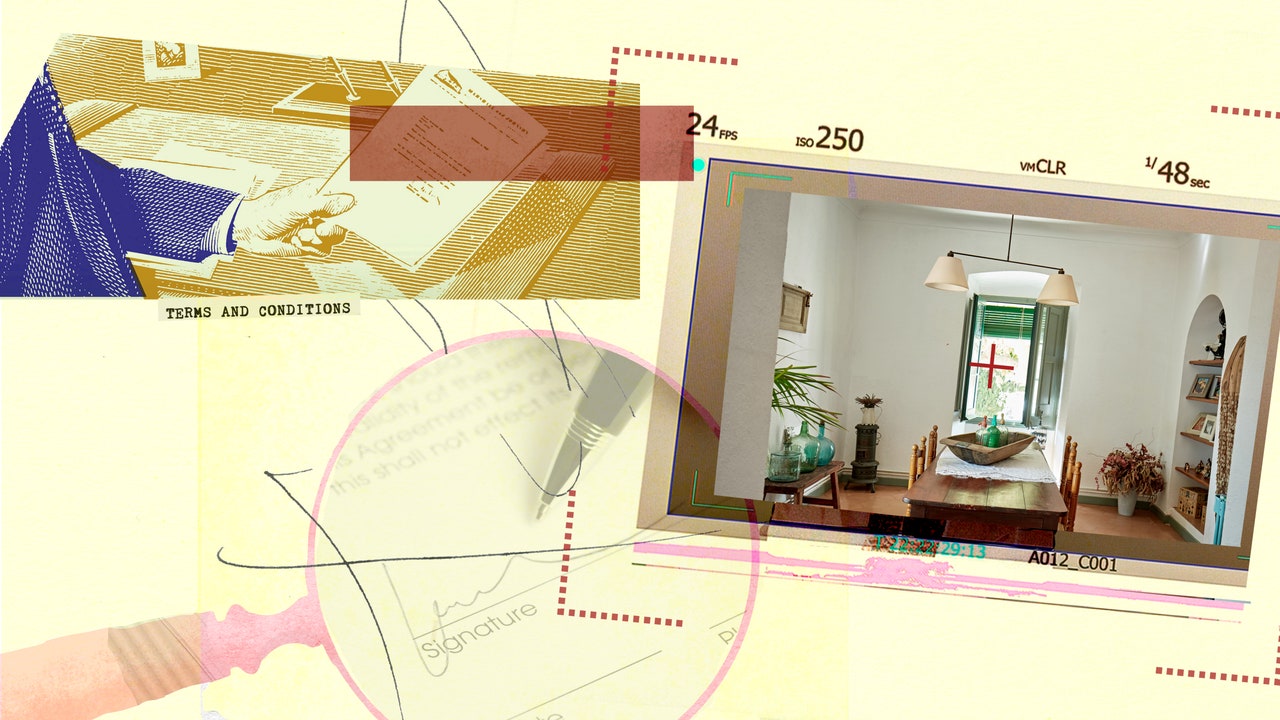The significance of project photography—and inevitably, a strong photography contract—for an interior design firm can’t be overstated. When working in private residences, that documentation is among the only tangible evidence remaining when a project is all said and done. It’s essential for the firm’s portfolio, and thus, its marketing materials. And the records are also useful for showcasing the evolution of the studio’s work—need-to-have fodder for that dream of a book deal down the line.
But unlike your bookkeeper or wallpaper installer, this collaborator isn’t simply billed on an hourly basis. It’s a more complex relationship—one that requires clear and concise contracts, getting clients on board, and understanding terms of use for the perfectly positioned, well-lit, and beautifully styled project photography long term. Read on for expert insights from top photographers, business advisors, and interior designers on the clauses to consider in your photography contracts.
Confirm With Clients From the Get-Go
Being able to photograph your projects is essential to promoting your work and drawing new projects, but client approval is required. Some interior design clients may be wary about having their personal spaces photographed and showcased publicly. In order to avoid any misunderstandings, it’s best to discuss their expectations—and yours—up front.
“For designers, photography clauses should convey the right to exploit photographs within any publication, website, social media platform, or monograph. Without this being spelled out, the right to photograph a project is meaningless,” shared creative business advisor Seth Kaplowitz in a recent AD PRO column on how to optimize your interior design contract. “Photography clauses should also ‘provide for cooperation’ so that the designer is able, upon reasonable notice, to photograph projects under ideal conditions—deemed as such by either the designer or the photographer—for a given type of project,” adds Kaplowitz.
Mark Williams, partner and design director of Atlanta-based AD PRO Directory firm Williams Papadopoulos Design, uses a standard contract that states that his firm has the right to photograph projects and submit them for publication. As with every client relationship, you may still need to pick your battles, says Williams. “While that is standard language in every contract we prepare, we have had clients say at the end that they are not OK with a project being published,” he says. “We always respect their wishes if they ask us not to publish their home, even if it kills our hearts that we can’t share the images of work that we’re proud of.”
Confirm the Terms of Use With Your Photographer
There’s no one-size-fits-all approach to a photography contract, since different photographers prefer various usage structures. “Be sure you know what the contract between your firm and the photographer says about usage and ownership of the images,” advises Williams. Industry standard has long been that the photographer retains ownership of images and is paid a usage fee each time an image is published—but such a practice isn’t always the case, Williams says.
“You must have very clear communication with the photographer that you are hiring about expectations and needs before signing the contract,” he says. “Most of our favorite photographers have now moved to a one-fee model, where, once you have paid them for the shoot and post production, you are free to use the photos however and wherever you choose.”

